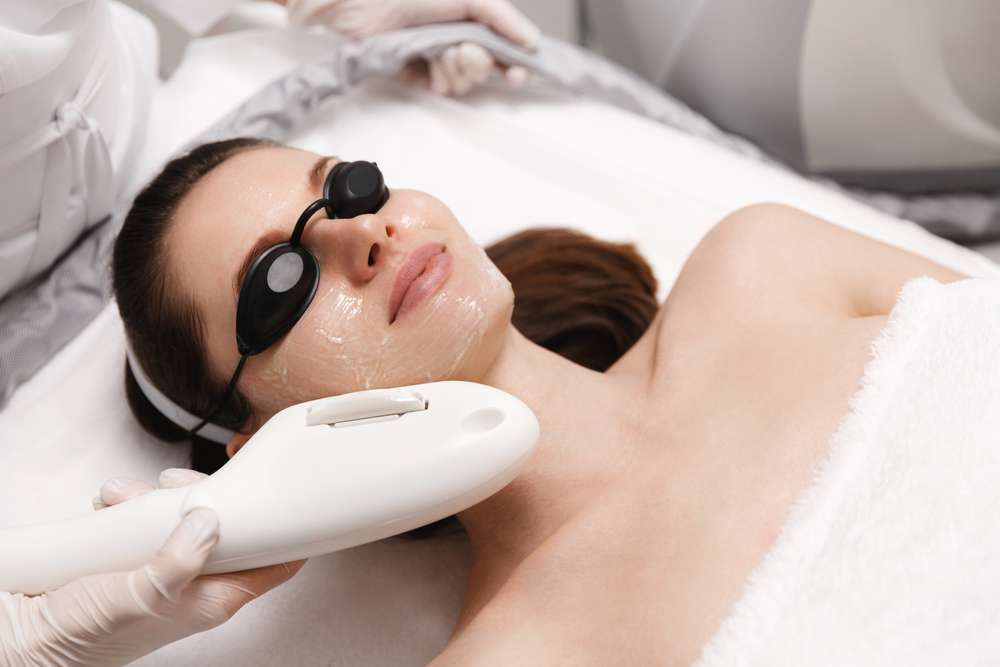Effective Wrinkle Treatments to Rejuvenate Skin
Explore proven wrinkle treatments that combine topical care, in-office procedures, and lifestyle changes to improve skin texture, volume, and expression lines. Learn how retinoids, peptides, lasers, fillers, and neuromodulators work, what causes lines, and how to set realistic anti-aging goals while prioritizing safety and long-term maintenance.

This article is informational only and should not be taken as medical advice. For personalized recommendations and treatment planning, consult a qualified healthcare professional.
How do skin-focused wrinkle treatments work?
Treatments aimed at wrinkles act on different levels of the skin and the structures beneath it to smooth surface texture, replenish lost volume, or curb the muscle movements that form dynamic lines. Topical ingredients — such as retinoids and peptides — gradually increase cell turnover and stimulate collagen production over weeks to months. Energy-based therapies (for example, lasers and radiofrequency) heat deeper layers to encourage collagen remodeling and tighten lax tissue. Injectable fillers, typically hyaluronic acid, instantly restore subcutaneous volume and lift creases, while neuromodulators (botulinum toxin products) temporarily reduce muscle contractions responsible for expression lines. Because each modality addresses distinct layers and mechanisms, combining approaches is often the most natural-looking strategy depending on skin type and specific concerns.
Which treatments address facial lines?
Facial wrinkle care usually falls into three groups: topical daily regimens, minimally invasive office procedures, and surgical correction. Core topical elements include retinoids, antioxidant serums like vitamin C, and broad-spectrum sunscreen — these form the foundation of any anti-wrinkle plan. Non-surgical in-office options include chemical peels, microneedling, laser resurfacing, and neuromodulators to relax dynamic lines. Hyaluronic acid and other dermal fillers are used to treat static folds and volume loss. When skin laxity and tissue descent are advanced, surgical options such as facelifts can reposition deeper structures and address problems that non-surgical methods cannot. Choosing the right intervention depends on line depth and pattern, overall health, tolerance for downtime, and how long you want results to last.
What causes wrinkles and how are they treated?
Wrinkles result from a mix of natural aging processes and environmental influences. With intrinsic aging, the dermis thins as collagen and elastin production falls and facial fat pads shift. Ultraviolet exposure accelerates photoaging by breaking down collagen fibers and causing uneven pigmentation. Repeated facial expressions carve dynamic lines over time. Treatment strategies target these root causes: daily sun protection prevents further damage; retinoids, lasers, and microneedling stimulate collagen formation; fillers replace lost volume; and neuromodulators reduce the repetitive muscle activity that deepens expression lines. Complementary lifestyle changes — quitting smoking, eating a nutrient-rich diet, and staying well-hydrated — support skin health and enhance the durability of clinical results.
How does aging influence treatment choices?
As we age, treatment priorities commonly shift from smoothing the skin surface toward restoring underlying support and contour. In younger adults, consistent topical care and light office procedures can manage fine lines and maintain skin quality. During middle age, interventions that boost collagen and targeted injectables are often used to address deeper creases and beginning volume loss. In later years, when tissue descent and laxity become pronounced, surgical lifting procedures may be necessary to reposition tissue and produce meaningful improvement. A treatment plan should be individualized after evaluating skin texture, bone and fat changes, medical history, and the patient’s aesthetic aims.
How to balance beauty goals with realistic expectations?
Clear communication about likely outcomes is essential to satisfaction. Non-surgical treatments can substantially soften wrinkles and enhance skin appearance but rarely recreate a completely youthful face. Discuss the expected degree of change, how long results last, maintenance needs, and potential side effects with an experienced clinician to align goals and reality. Consider a staged approach — optimize home skincare first, then add injectables or resurfacing treatments — and select providers who prioritize subtle, natural-looking results. Reviewing before-and-after photos and creating a follow-up plan helps set achievable expectations.
How to maintain improvements in skin and face?
Long-term maintenance combines sun protection, consistent medical-grade skincare, periodic in-office refreshers, and healthy habits. Daily sunscreen, antioxidant serums, and prescription retinoids help preserve outcomes from professional procedures. Many clinical treatments need repeat sessions: dermal fillers often require reassessment every several months to a couple of years depending on the product and area, while neuromodulators typically need touch-ups every 3–6 months. Regular check-ins with your provider make it possible to adapt a maintenance schedule as your skin evolves. Monitoring responses and addressing side effects early supports safe, sustained improvement.
Conclusion
Today’s approach to wrinkle care spans prevention to advanced correction. The most effective plans combine evidence-based skincare, targeted in-office therapies, and sensible lifestyle practices, customized to the individual’s stage of aging and aesthetic priorities. A qualified healthcare professional can help you weigh risks and benefits, set realistic timelines, and design a safe treatment pathway that matches your goals.






